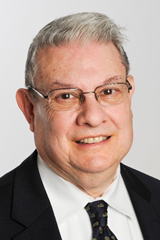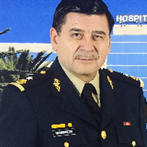Keynote Forum
Andrzej Lange
Lower Silesian Center for Cellular Transplantation with National Bone Marrow Donor Registry, Poland
Keynote: Regeneration of the immune system to fight leukemia at relapse post alloHSCT
Time : 09:15-10:00

Biography:
Lange graduated with a medical degree with distinction from the Medical School in Wroclaw, Poland is a professor in the Institute of
Immunology and Exp Therapy of the Polish Academy of Sciences and a founder and head of the Lower Silesian Center of Cellular Transplantation in Wroclaw. His international experience started in 1973-1974 as a Leverhulme fellow in the Middlesex Hospital Medical School, London. He has been a visitor and lectured in several European and North American scientific institutions. Known from his activity in the field of bone marrow transplantation and regenerative medicine. Andrzej Lange was awarded several scientific distinctions and served to a number of National and European institutions were also active in co-editing journals. He is an author and co-author of 249 scientific papers, in peer-reviewed journals with a cumulative IF of 270 in the years 1995–2017.



